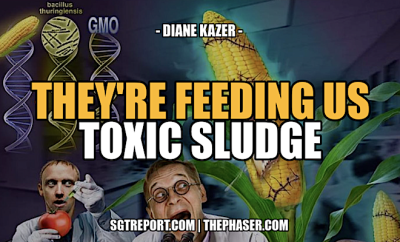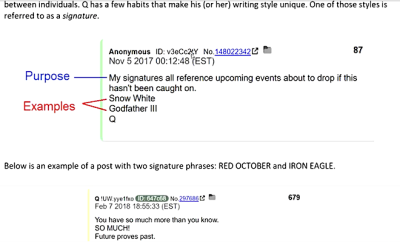 Activist Post
Activist Post
GMO
Inside the Food Industry: Ingredients, By Any Other Name, Just As Sweet?
by Aaron Dykes, via Activist Post.com:
What we eat is a more interesting subject that it might first appear.
Behind the labels are many troubling issues… and GMOs are just the tip of the iceberg.
The London Guardian carried this interest piece revealing how so much of our foods – even the most natural in appearance – are engineered, manufactured and packaged with invisible processing ‘ingredients’ derived from sophisticated lab processes.
Now, as the food manufacturing industry is keeping up with consumer demand, scary sounding and artificial looking ingredients are increasingly fading from food packages. But as the London Guardian makes clear in this expose from a food ingredients exposition, it is not always because the quality or ingredients improved, but instead because the industry has embarked upon a “clean label” initiative to derive substitutes that fly under the radar of current regulations or – like ‘extract of rosemary’ – sound benign compared with previous industry solutions like butylhydroxyanisole (BHA), which has been classified as a ‘reasonably anticipated human carcinogen,’ despite assurances by many that it is safe in small doses.
Here are just a few segments of Joanna Blythman’s piece, Inside the food industry: the surprising truth about what you eat, well worth a full read for its peak inside your grocery store, food cabinet and assortment of convenience foods:
Anything that comes in a box, tin, bag, carton or bottle has to bear a label listing its contents, and many of us have become experts at reading these labels. But many of the additives and ingredients that once jumped out as fake and unfathomable have quietly disappeared. Does this mean that their contents have improved? In some cases, yes, but there is an alternative explanation. Over the past few years, the food industry has embarked on an operation it dubs “clean label”, with the goal of removing the most glaring industrial ingredients and additives, replacing them with substitutes that sound altogether more benign. Some companies have reformulated their products in a genuine, wholehearted way, replacing ingredients with substitutes that are less problematic. Others, unconvinced that they can pass the cost on to retailers and consumers, have turned to a novel range of cheaper substances that allow them to present a scrubbed and rosy face to the public.
[…]
On a bright, cold day in late November 2013, I found myself in the dark, eerie, indoor expanses of Frankfurt’s Blade Runner-like Festhalle Messe. I was there undercover, to attend an annual trade show called Food Ingredients. This three-day exhibition hosts the world’s most important gathering of ingredients suppliers, distributors and buyers. In 2011, when it was held in Paris, more than 23,000 visitors attended from 154 countries, collectively representing a buying power of €4bn (£2.97bn). Think of it as the food manufacturers’ equivalent of an arms fair. It is not open to the public. Anyone who tries to register has to show that they work in food manufacturing; I used a fake ID.
As Blythman points out, this is not just an ingredients trade show for some; the buying power of those in attendance is major. The many ingredient shortcuts and tricks noted in the full article are used by most, and it is very much a case of buyer beware.












